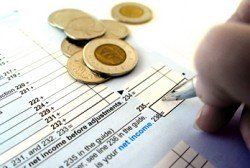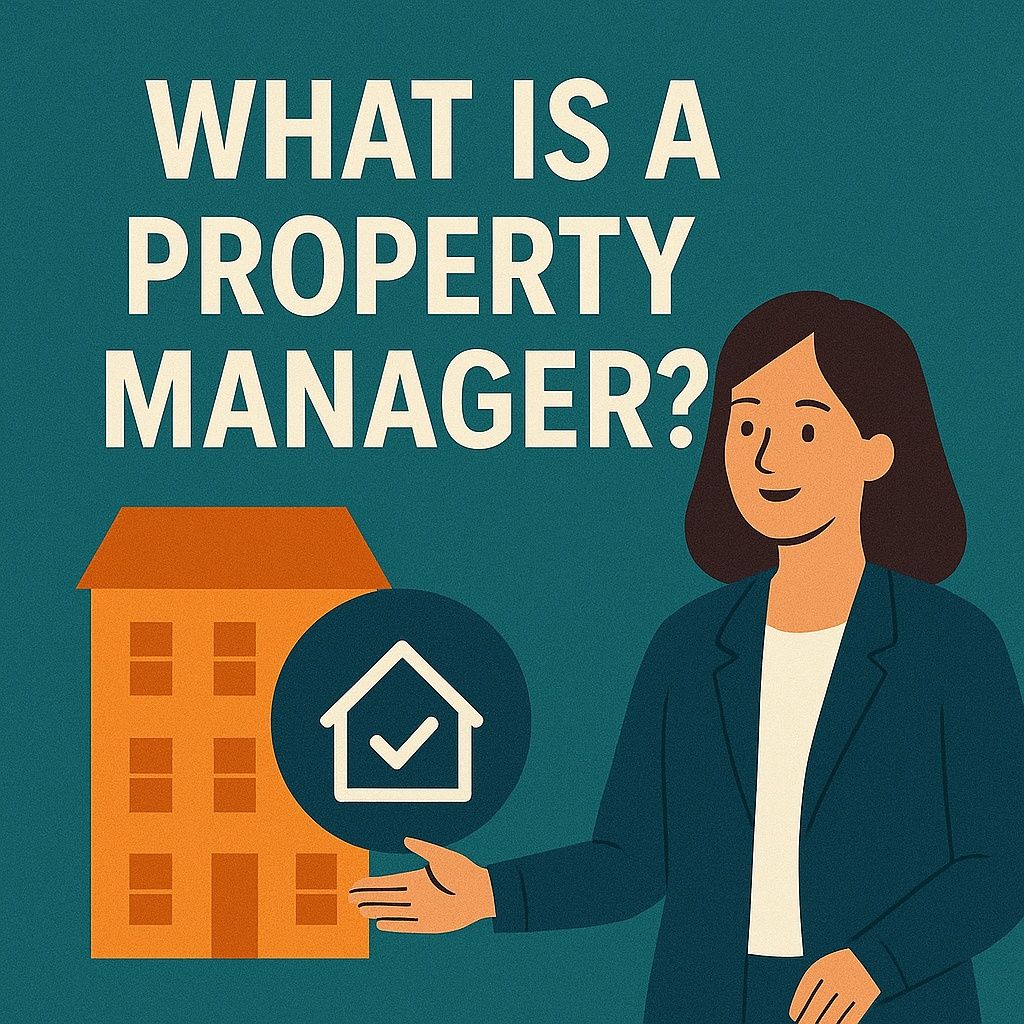Notice of Assessment (NOA) – What are they? Why banks want them? How to get them!
What is a Notice of Assessment and why should I care… if I want a mortgage?
Definition: The Notice of Assessment (NOA) is the form that the Canada Revenue Agency (CRA) issues to all Canadian taxpayers after processing their tax returns. This CRA tax assessment summarizes the results and states the amount of taxes to be paid or refunded.
It doesn’t matter what you tell the Canada Revenue Agency you earned last year, they decide what your income is and what you to pay taxes on.
Notice of Assessments (NOA’s) from Revenue Canada are required by banks/lenders when applying for a mortgage especially if you are self-employed or you need to include overtime and/or bonuses for income qualification.
Lenders always look at NOA’s to ensure you have no taxes owing to Revenue Canada. If you have any taxes owing to the government, it is difficult to get a mortgage. Most lenders feel if you don’t pay your taxes, do we really want to lend you money??
It is very important to have your 2 most recent NOA’s when qualifying for a mortgage.
- Self Employed If you are self-employed and income qualifying, lenders will look at the average of Line 150 of your NOA’s for the past 2 years. Self-employed borrowers that are income qualifying may be eligible to gross up their Line 150 by 15%.
- Salaried/Hourly Employees When you are employed by either salary or hourly and you want to include additional income such as overtime, bonuses or part time employment, lenders want to see your 2 most recent years Notice of Assessments. Your income will be qualified using a 2-year average.
Misplaced your Notice of Assessments?? You can request a new copy be mailed to you by Revenue Canada. They take up to 10 business days to arrive so it is best to request them before you get pre-approved for a mortgage.
How to get a copy of your notice of assessment (NOA) or reassessment
Online
- Use My Account to view and print your notices of assessment and reassessment that were issued after February 9, 2016. You can also view and print detailed summaries of notices of assessment or reassessment issued between 2004 and February 9, 2016.
- Use MyCRA mobile application to view your notices of assessment and reassessment for the current year and up to three prior years. Only those processed after February 9, 2016 are available for viewing here.
Call 1-800-959-8281 to request an income and deduction printout which will show the information on your latest notice of assessment or notice of reassessment.
Before you call , check out Getting or changing personal tax information to know what information you should have on hand.
Previously, you had to wait on Canada Post to mail you a password for online access to your CRA account. You can now get your CRA password emailed .
You need to be VERY patient with getting through on the phone line!! If the line rings through your wait time is usually less than 5 minutes… you may have to keep calling though to get a line. Wait times will vary based on the time of the year.
The process: Go to the CRA website and click on the My Account link and then follow the prompts to register. Once you are registered it will give you an option to have an access code mailed or emailed to you.
For quicker turn-around use the email option.
You then need to contact CRA to confirm your identity. There is a “contact us” link on that page that sends you to the number 1-800-959-8281
Press * As soon as the call goes through to the voice recording, this will skip the recording and directly connect you to an agent.
Next, you need the tell the agent you want to confirm your identity for My Account to have the access code emailed. The agent will ask you for your SIN, birth date and address on file, along with questions from your most recently filed tax return.
You should have your NOA or a copy of our tax return from your Accountant on hand for the call. If you lost your current NOA then the agent will ask for an older tax return or NOA.
The agent will then email you a code right away.
Then you must log back into your new My Account, enter the code when asked and you will have full access. The NOAs can be found under “view mail” which is a link on the left-hand side of the home page.
Now you know why Notice of Assessments are important to lenders and how to get a copy if you’ve misplaced yours!
For other mortgage terms check out my BLOG 10 Helpful Words to Know when Buying a Home
Give me a call and let’s have a chat about a mortgage that works for you… not the bank.
Kelly Hudson
Mortgage Expert
Mobile: 604-312-5009
Kelly@KellyHudsonMortgages.com
www.KellyHudsonMortgages.com







